Poblano peppers are a favorite among home gardeners who love growing flavorful, mild chili varieties that can be used in countless dishes—from Mexican classics like chiles rellenos to soups, sauces, and salsas. Known for their rich taste and manageable spice level, Poblanos are both easy and rewarding to grow, even for beginner gardeners.
If you’ve ever wanted to grow your own Poblano peppers, this guide will walk you through everything you need to know—from choosing the right seeds to harvesting big, healthy, and delicious peppers.
What Are Poblano Peppers?
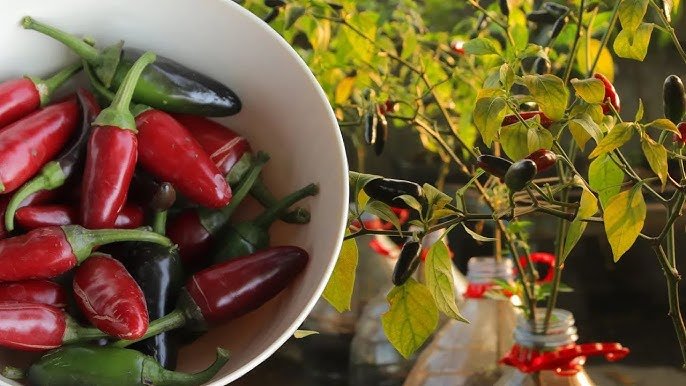
Poblano peppers (Capsicum annuum) originated in Puebla, Mexico, and are prized for their deep green color, heart-shaped body, and smoky, mild heat. When dried, Poblanos become “Ancho chiles,” a staple in many traditional Mexican recipes.
They typically measure about 4 to 6 inches long and have a heat level of 1,000–2,000 Scoville units—milder than jalapeños but more flavorful than bell peppers.
Poblanos thrive in warm climates and are an excellent addition to container gardens, backyard plots, or even balcony gardens if you give them enough sunlight.
Ideal Growing Conditions for Poblanos
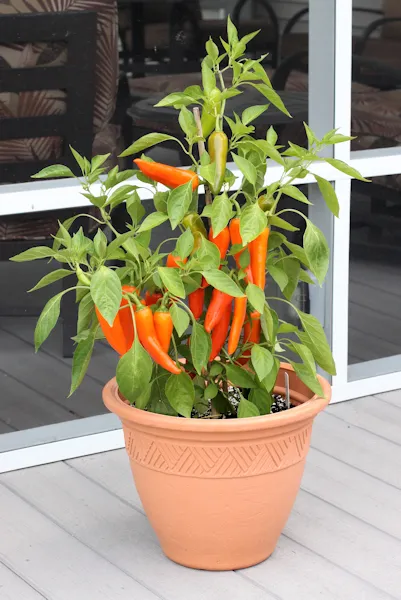
Before you start, it’s essential to create the right growing environment for Poblanos.
1. Temperature:
Poblano peppers love warmth. They grow best in temperatures between 70°F and 85°F (21°C to 29°C). Avoid planting them outdoors until all danger of frost has passed.
2. Sunlight:
Like most pepper plants, Poblanos need at least 6–8 hours of direct sunlight daily. If you’re growing them indoors or on a balcony, position them near a sunny window or under a grow light.
3. Soil Requirements:
They prefer well-draining, loamy soil rich in organic matter. A slightly acidic to neutral pH (6.0–7.0) is ideal. Adding compost or aged manure before planting helps enrich the soil and improve root development.
4. Watering Needs:
Keep the soil consistently moist but not waterlogged. Overwatering can cause root rot, while underwatering can stunt growth and reduce fruit size. The key is deep, consistent watering—around twice a week, depending on the climate.
Starting Poblano Peppers from Seeds
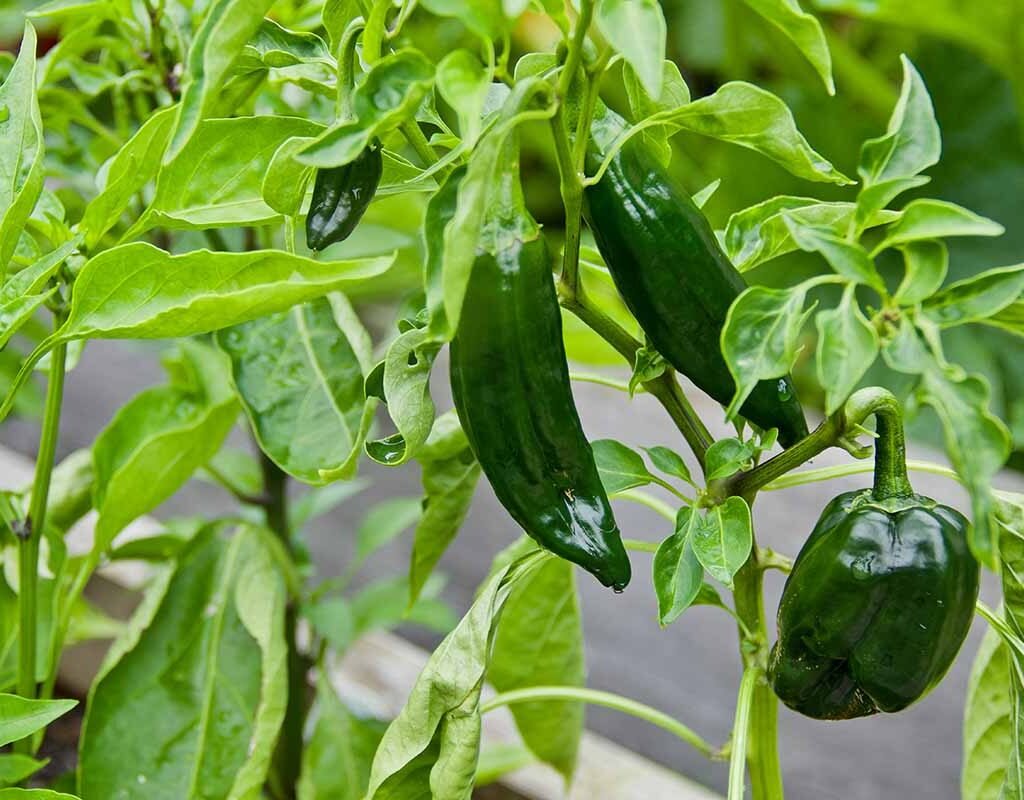
Step 1: Germination
Start seeds indoors 8–10 weeks before your area’s last frost date. Use seed trays or small pots filled with seed-starting mix.
Plant seeds about ¼ inch deep and keep the soil moist. Place the trays in a warm area (around 80°F / 27°C) to encourage germination, which usually takes 10–14 days.
Step 2: Transplanting Seedlings
Once seedlings develop 2–3 sets of true leaves, they’re ready to move to larger containers or the garden bed. Before transplanting outdoors, harden them off by gradually exposing them to sunlight over a week.
Space the plants about 18–24 inches apart to allow for airflow and growth.
Growing Poblano Peppers in Containers
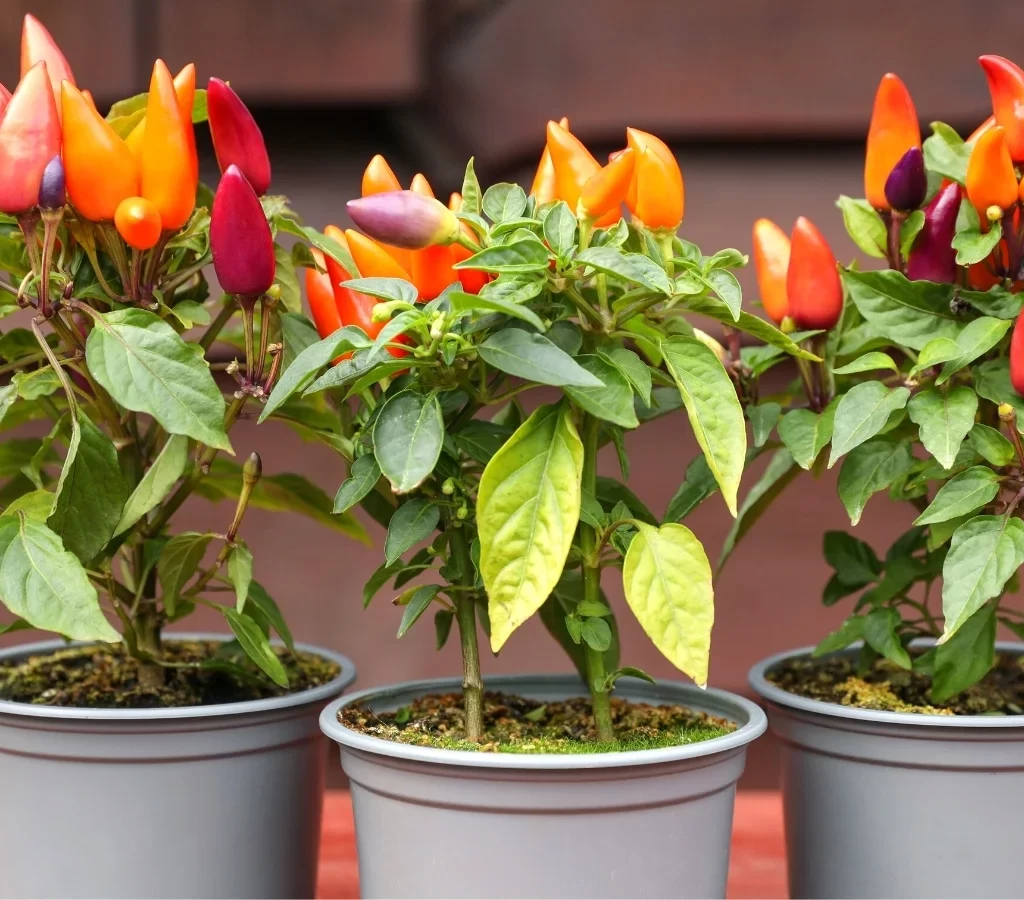
If you have limited space, Poblanos grow beautifully in containers. Choose a container that’s at least 12–14 inches deep and wide, with good drainage holes.
Use a high-quality potting mix enriched with compost. Add a handful of perlite or coco peat for better aeration.
Container-grown Poblanos may need more frequent watering, especially in hot weather. Keep an eye on the soil—water when the top inch feels dry.
For best results, feed them every 2–3 weeks with a balanced fertilizer (10-10-10) or a low-nitrogen, high-potassium fertilizer once flowering starts.
Caring for Your Poblano Pepper Plants
1. Mulching:
Apply a layer of mulch (straw, dry leaves, or wood chips) around the plants to retain moisture and suppress weeds.
2. Pruning:
Trim lower leaves and small shoots that grow near the soil line. This helps improve airflow and reduces disease risk.
3. Pollination:
Poblano peppers are self-pollinating, but gentle shaking of flowers or the presence of bees can increase fruit yield.
4. Pest Control:
Watch out for aphids, spider mites, and whiteflies. You can control them naturally using neem oil spray or insecticidal soap.
Common Problems and How to Fix Them
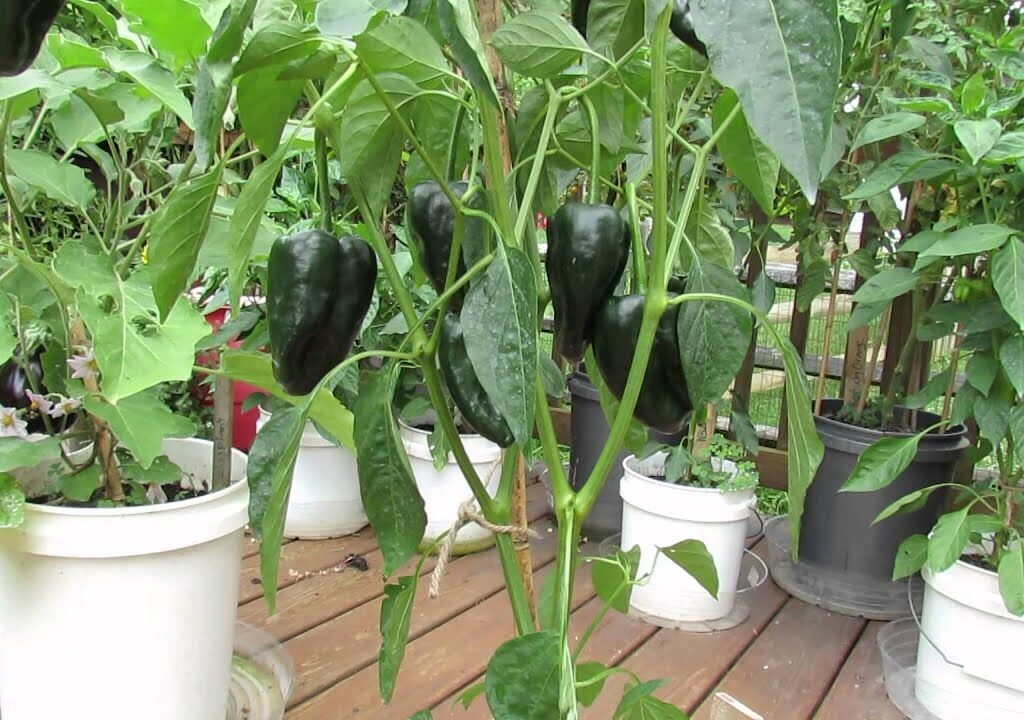
Problem 1: Yellowing Leaves
- Cause: Overwatering, nutrient deficiency, or poor drainage.
- Fix: Allow soil to dry slightly between waterings and feed with a balanced liquid fertilizer.
Problem 2: Blossom End Rot
- Cause: Calcium deficiency or inconsistent watering.
- Fix: Maintain consistent moisture and add crushed eggshells or calcium supplements.
Problem 3: Small or Misshapen Fruits
- Cause: Lack of sunlight or pollination issues.
- Fix: Ensure 6–8 hours of full sunlight and gently shake flowers to help pollination.
When and How to Harvest Poblanos
Poblano peppers are typically ready for harvest 70–90 days after transplanting.
You can pick them when they’re dark green, firm, and about 4–6 inches long. For a spicier flavor and deeper taste, allow them to stay on the plant until they turn red or brownish-red.
Use scissors or garden shears to cut the peppers, leaving a small stem attached. Avoid pulling them off by hand, as that can damage the plant.
After harvesting, Poblanos can be used fresh, roasted, or dried into ancho chiles.
Delicious Ways to Use Homegrown Poblano Peppers
Homegrown Poblanos aren’t just easy to grow—they’re also versatile in the kitchen. Here are a few tasty ideas:
- Stuffed Poblanos (Chiles Rellenos):
Roast and stuff them with cheese, beans, or rice for a traditional Mexican dish. - Poblano Cream Sauce:
Blend roasted Poblanos with cream, garlic, and lime for a rich sauce to serve over chicken or pasta. - Salsa Verde with Poblanos:
Combine roasted Poblanos, tomatillos, and cilantro for a smoky twist on classic green salsa. - Dried Ancho Chiles:
Dry red Poblanos to make Ancho chiles, perfect for stews and sauces.
Saving Seeds for the Next Season
To save seeds from your Poblano peppers, choose fully ripe red peppers, remove the seeds, and dry them in a shaded, well-ventilated area.
Once dry, store them in an airtight container in a cool, dark place. Properly stored seeds can remain viable for up to 2 years.
Final Tips for a Successful Poblano Pepper Harvest
- Rotate crops: Avoid planting Poblanos in the same spot as last year to prevent soil-borne diseases.
- Support plants: Use stakes or small cages to support branches when heavy with fruit.
- Fertilize wisely: Too much nitrogen can lead to lush foliage but fewer fruits.
- Be patient: Poblanos grow slowly at first but produce abundantly once they start fruiting.
Conclusion
Growing Poblano peppers at home is an incredibly satisfying experience. With the right care, sunlight, and a little patience, you can enjoy a steady harvest of these flavorful, mildly spicy peppers right from your backyard, balcony, or container garden.
Whether you love roasting them, stuffing them, or drying them into Ancho chiles, Poblano peppers are sure to bring both taste and beauty to your garden and kitchen.
So, grab some seeds, prepare your soil, and start your own Poblano pepper adventure today!
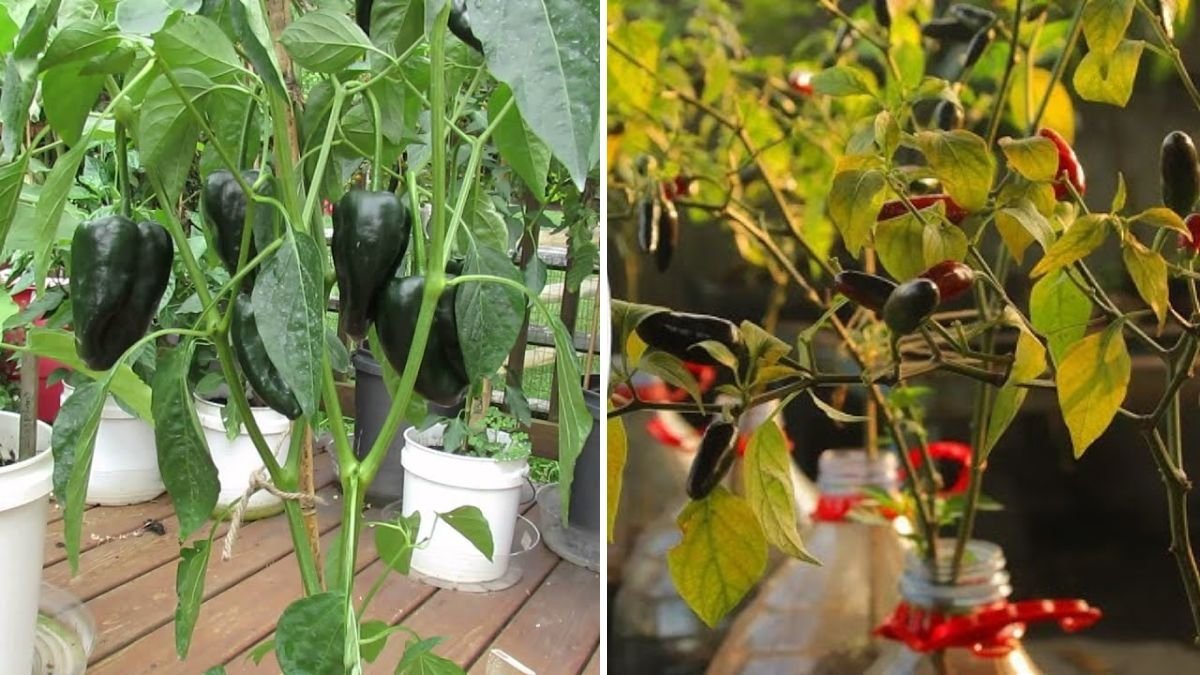
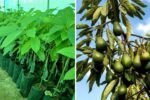
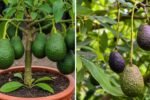
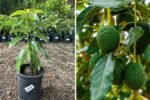

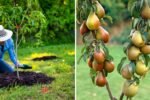
Leave A Comment